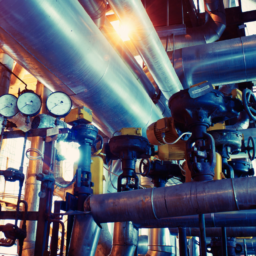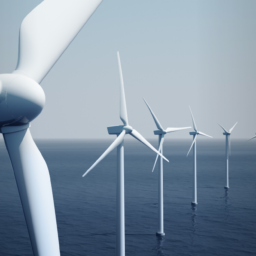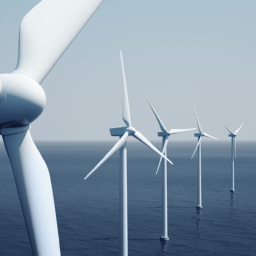On 12 April, the EU Council adopted the revised Industrial Emissions Directive (IED)1. The revised Directive is another tool to achieve the EU’s climate and emissions reduction targets set out in the European Green Deal. The new rules aim to increase the effectiveness of legal mechanisms to reduce emissions and introduce stricter environmental requirements. For plant operators, the revision of the Directive may pose a significant challenge due to the requirement to significantly reduce emissions and the potential costs of retrofitting plants.
Extending the scope of the Directive
Previously, the scope of the Directive covered power plants, refineries, waste treatment plants and large intensive livestock farms. Following the amendments, the scope of the Directive will be extended to include:
- large-scale battery production facilities,
- more types of large intensive pig and poultry farms,
- metal ore mining activities.
The amended Directive provides for a derogation from the requirement for integrated permits and the possibility of including poultry or pig installations in the notification system.
E-permits
Under the new legislation, integrated permits for industrial installations will be issued electronically through an electronic permitting system. The electronic system should be in place by 2035 at the latest.
Tighter emissions limits
Large installations operate on the basis of a permit issued by national authorities based on a standard – Best Available Techniques (BAT). The permit defines the allowable polluting emissions from the installation, based on BAT conclusions.
In practice, national authorities have usually set the maximum permissible emission standards as set out in the BAT conclusions.
The new legislation introduces a change in this respect and requires national authorities to consider whether the emission level provided by the applicant (usually the maximum possible) could be more stringent. This could lead to a more stringent emission limit value.
The revised Directive also introduces a new concept of environmental performance limit values to be set by the competent authorities in the permit for the construction and operation of the installation. Permits issued before the entry into force of the provisions of the amended Directive will have to be updated within 4 years of the publication of decisions on BAT conclusions published after the entry into force of the amended Directive.
Public participation
Integrated permits should be available to the public and their contents should be available free of charge. The public will be able to participate in appeal procedures, whether or not a public participant has participated in the integrated permit procedure.
Improving the effectiveness of enforcement and sanctions
It is for the Member States to adopt legislation laying down penalties for infringements of the national provisions transposing the Directive. The penalties introduced by the national legislator should be effective, proportionate and dissuasive.
For the most serious infringements committed by a legal person, the maximum administrative financial penalty must be at least 3% of the annual turnover of the operator in the Union in the financial year preceding that in which the penalty is imposed. To date, EU legislation does not provide for a minimum fine. Under the current provisions of the Environmental Protection Act, the fine for exceeding the amount or type of gas discharged into the air specified in the permit is 20 times the unit rate of the charge for the discharge of air gases (the rate in 2024 is PLN 512.23/kg).
When the new rules will come into effect – implementation
The Directive has not yet been published in the Official Journal of the EU (publication is expected in the near future), the legislation will enter into force on the 20th day after publication. Member States will have 22 months to transpose the provisions into national law.
Establishing a portal on industrial emissions (Industrial Emissions Portal)
The amendments to the Directive are linked to the adoption of a new regulation to establish an Industrial Emissions Portal2. The portal will replace the current European Pollutant Release and Transfer Register (E-PRTR).
The new portal is expected to improve public access to environmental information and increase the effectiveness of public participation in environmental decision-making and the identification of pollution sources.
The new regulation is directly applicable in all Member States from 1 January 2028, so the first emission data entry into the new portal will be for 2027 emissions.














